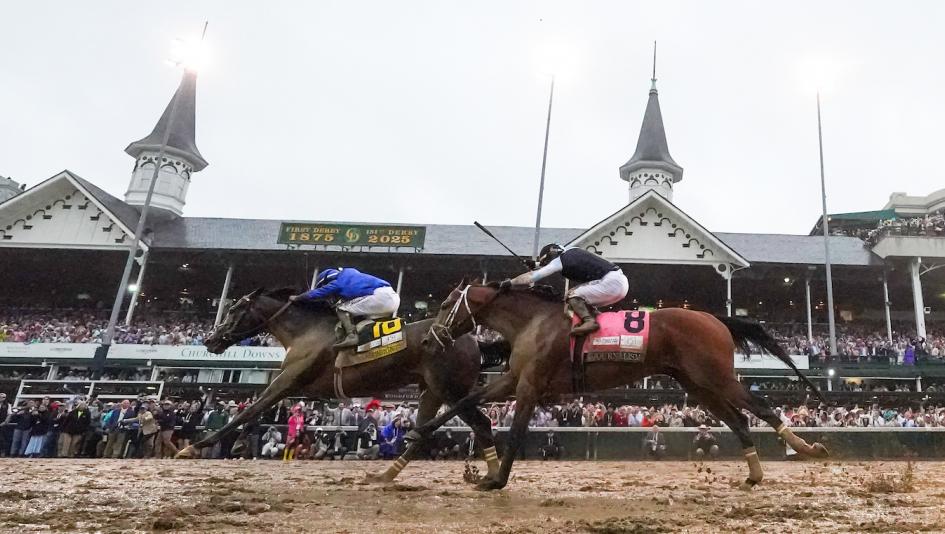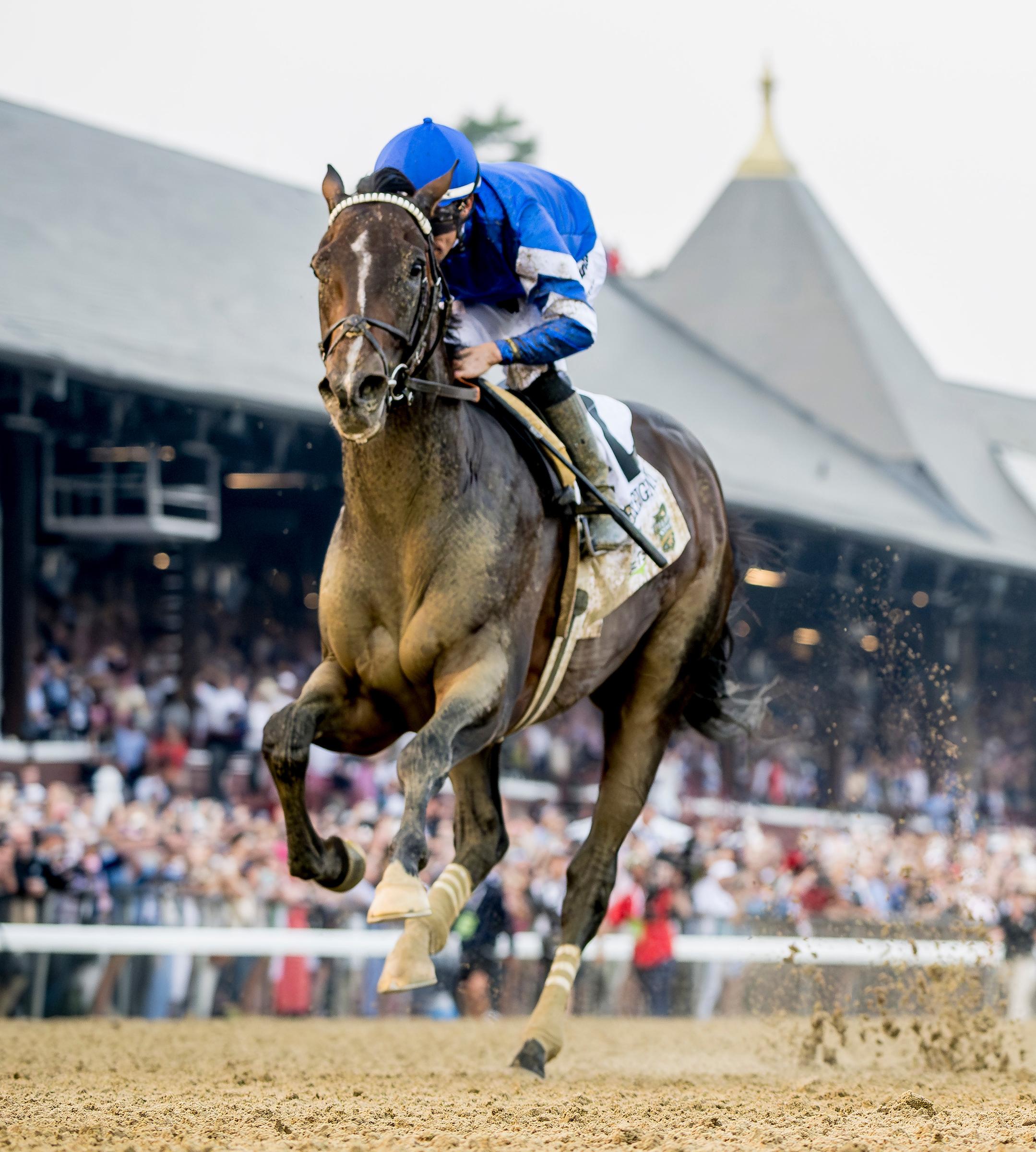
Noel’s Weekend Winners: Value Plays Saturday at the Big A

The Triple Crown is the pinnacle of American horse racing, awarded to a 3-year-old Thoroughbred that wins the Kentucky Derby, Preakness Stakes, and Belmont Stakes in a single season. Exploring the history and traditions of this legendary series has revealed fascinating details that go beyond the races themselves. Here are three things I learned about the Triple Crown series, which just concluded for 2025 with the Belmont Stakes last Saturday:
Path to the Triple Crown

One important thing I learned is that qualifying for each Triple Crown race is a significant achievement on its own. For the Kentucky Derby, horses must earn points by placing well in a series of designated prep races, with only the top 20 point-earners making it to the starting gate. The Preakness Stakes, which hosts a smaller field of up to 14 horses, typically includes top Derby finishers and other high-performing 3-year-olds, with entry determined by graded stakes earnings and nominations. The Belmont Stakes, the longest and final leg, is open to 3-year-olds who have been nominated and paid entry fees, with preference given to horses that performed well in the Derby or Preakness. Each race’s unique qualification process ensures that only the best and most consistent young Thoroughbreds get a shot at the Triple Crown.
Fillies Have Their Own Prestigious Races
Another discovery was that while the Triple Crown is open to both colts and fillies (young female horses), there is also a series just for 3-year-old fillies. Each Triple Crown race has a prominent filly counterpart: the Kentucky Oaks at Churchill Downs, the Black-Eyed Susan Stakes at Pimlico, and the Acorn Stakes in New York (it was held at Saratoga Race Course this year but is usually held at Belmont Park). These races are highly prestigious in their own right. Only a handful of fillies have ever managed to win a Triple Crown race against colts, making their victories especially historic.
Post-Triple Crown Plans
After the Triple Crown races, horses typically follow one of several paths depending on their performance, health, and future goals. Top finishers often extend their racing season into July and August, competing in prestigious events such as the Haskell Stakes, the Travers Stakes, and the Pacific Classic Stakes. These races serve as key steppingstones on the path toward the ultimate goal: qualifying for and competing in the Breeders’ Cup, which this year is held on Oct. 31-Nov. 1 at Del Mar in California.
Alternatively, some horses are retired to stud, especially if they performed well or have strong pedigrees, which will enable them to command high fees for breeding. Not all horses handle the strenuous Triple Crown circuit well, so rest and recovery are often prioritized. Owners and trainers consider each horse’s condition and long-term potential before making decisions. For some, a successful career after the Triple Crown solidifies their legacy; for others, the next chapter may be a quiet retirement in a pasture or a new role in dressage or therapy work. Ultimately, a horse’s post-Triple Crown path is a careful balance of economics, health, and legacy.–By Olivia Sylvester